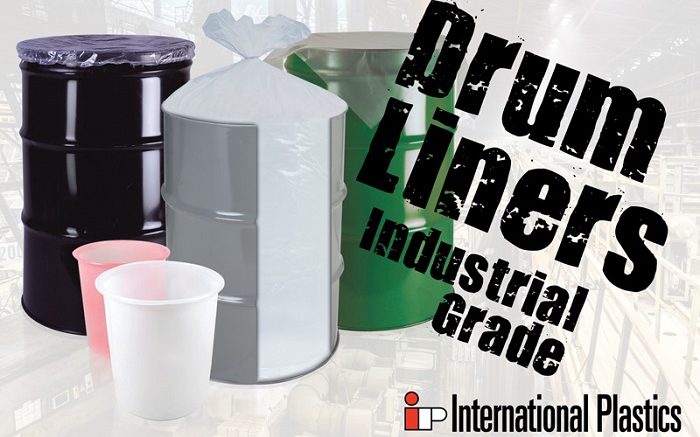When most people think of drum liners , they think of thin plastic wrapped around a 55-gallon barrel or drum. Most don’t consider the plethora of other applications this protective sealant can provide.
Industry purposes ensure your material or goods are not tampered with or contaminated along the many miles of transport between production and the storefront. There are round bottom drum liners, formed drum liners, anti-static drum liners, liners with bottom discharge, food grade drum liners, and even drum liners made from barrier foil.
How are they used?
Aluminum foil liners are often installed in a wider array of services including transporting hot food and liquids to pharmaceuticals and cosmetics, while most drum liners are made from plastics with a variety of other uses.
Formed drum liners are constructed from a type of plastic called LDPE, while anti-static liners are a popular choice for transporting chemical substances or anything with an existing charge.
Food grade liners are EU and FDA-approved, bottom discharge liners offer users a way to release liquids from the bag through the base of the barrel, and round bottom liners are the popular cost-effective choice.
All of them protect your plastic or fiber drums while in transport or storage. And in an age of pandemics, Covid-19, and the Omicron variant, using a liner also means handlers don’t have to wash, clean, or disinfect drums after they’ve been used.
Drum liners are seen extensively in the Industrial, Chemical, Electronic, Military, Pharmaceutical, Commercial, Agriculture, Food, and Medical business sectors.
On the other hand
While drum liners offer logistics a safer way to move contained material around the globe, where health standards can differ from each location, they have also been known to offer a powerful survival resource.
No kidding.
Give a drum liner to the right person in the right circumstances, and you have a poncho, a rain jacket, something to shield you from the cold rain, sleet, and spitting snow.
And it doesn’t end there.
Drum liners can line your snow boots on a freezing day, store food, or even serve as a water and wind-resistant blanket in poor weather. In more direr circumstances, liners can be transformed into a Solar Still, capable of producing two or three cups of water every 24-hours.
Although shipping goods and material is how most of us will apply the use of drum liners, it is also worth noting the incredible speed in which transformative plastics are revolutionizing industry from not only the production and delivery of goods, but how they are shipped.
Quality products designed to seal and protect vital medicines, goods, and even chemicals we rely on everyday as an industrial society are bound to spill over into the other aspects of our lives.
And in the case of drum liners, it just may save one too.
–
 About the Author: Chris Davis is the President of International Plastics, he has been with the company for over 23 years, previously leading Sales & Operations. Chris has decades of experience with international buying and selling in the plastics and flexible packaging sectors.
About the Author: Chris Davis is the President of International Plastics, he has been with the company for over 23 years, previously leading Sales & Operations. Chris has decades of experience with international buying and selling in the plastics and flexible packaging sectors.




Be the first to comment on "Do You Know Where Your Drum Liners Are?"